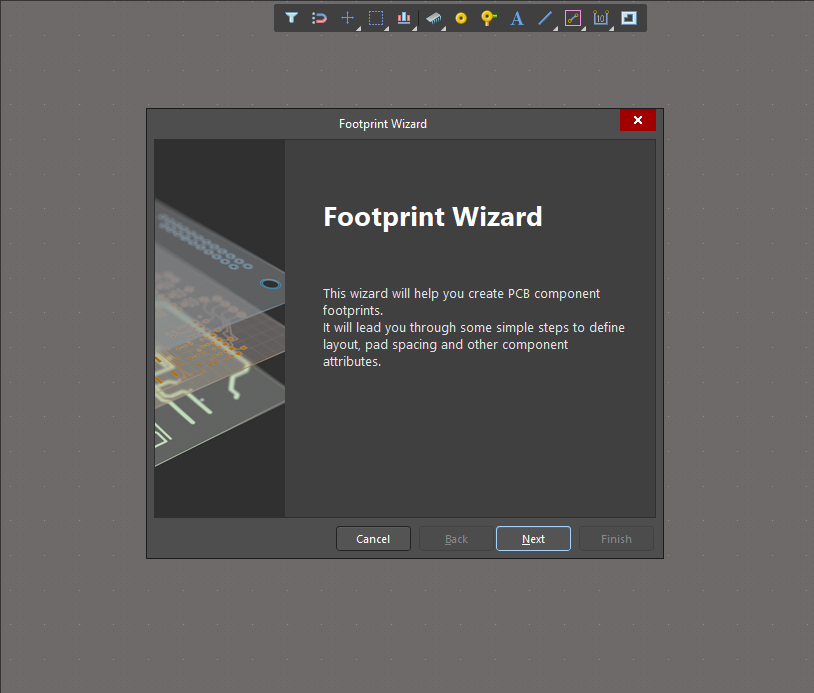
The additional signal IRDA_TXD_LED (active High) is used to light an associated Red LED to indicate transmission. The data is ultimately converted into infrared waves, via the IRED, and sent out to an IrDA transceiver in an external, neighboring device. Transmission is only possible provided IRDA_SD is Low. Serial data from a processor in the FPGA design is sent to the device on the IRDA_TXD line. If High, the device is placed in high-speed (MIR and FIR) mode. If IRDA_TXD is Low, the device remains in low-speed (SIR) mode. On the falling edge of this signal the TXD input is sampled. Taking the IRDA_SD signal High places the device in shutdown mode.

Primary power for the device comes from the PB03's 3.3V supply, with the anode of the IRED connected to the board's 5V supply through a 2Ω resistance.Īfter power-on the device is set, by default, to operate in low-speed (SIR) mode. The TFDU6102 consists of a PIN photodiode for reception, an Infrared Emitting Diode (IRED) for transmission, and control logic. This controller transmits data using the NEC IR transmission protocol. The PB03 ships with a general purpose remote controller, featuring a range of common function buttons.


 0 kommentar(er)
0 kommentar(er)
